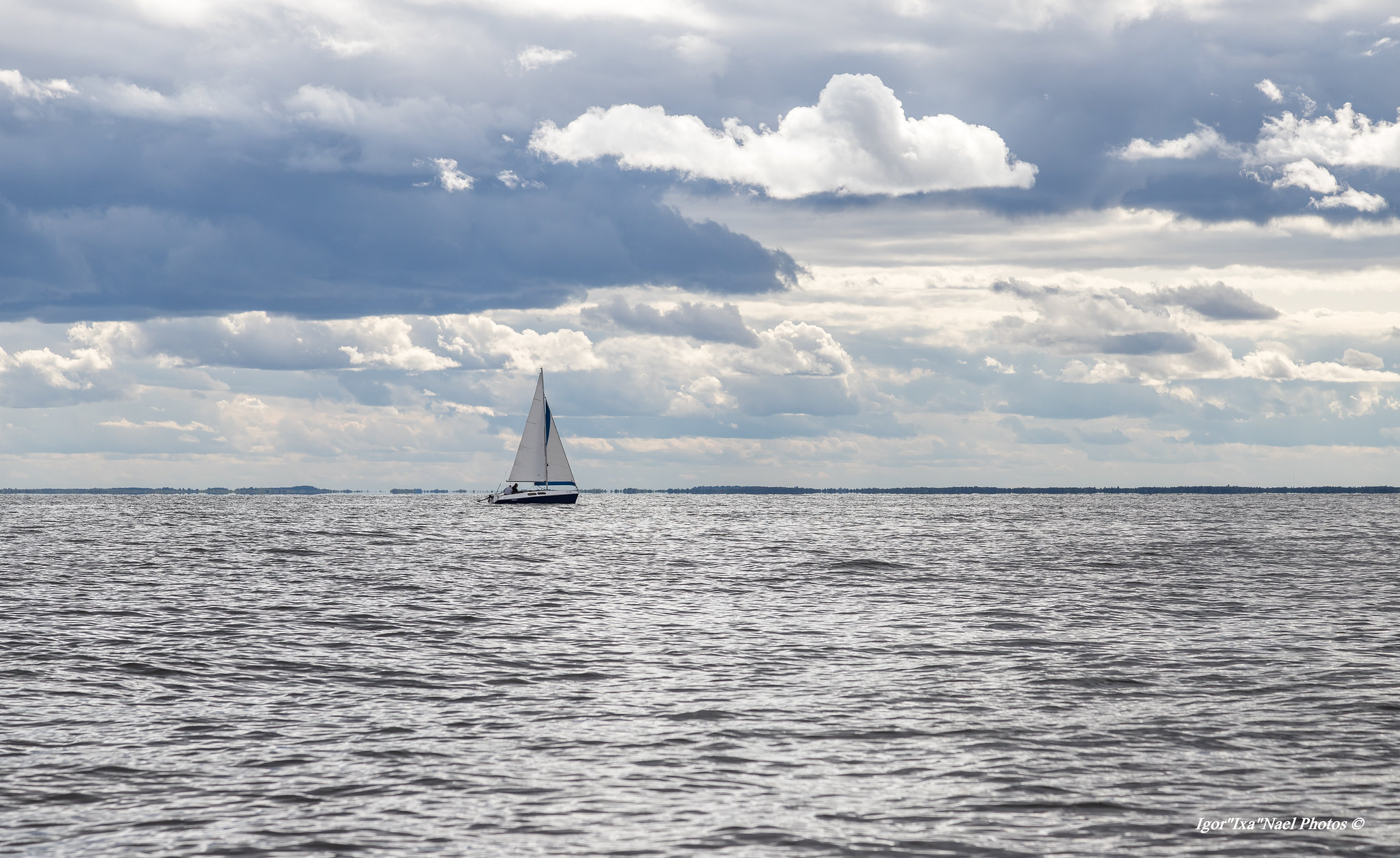Each of us can preserve biodiversity when we move around as tourists

Over the last hundred years, the tourism industry has become an important and constantly growing industry. Travelling and discovering new places is a popular hobby and recreational activity for many people. Unfortunately, there is a price for curiosity, which is also reflected in environmental problems, for example – air travel contributes to global warming, accommodation facilities generate a lot of waste, and landscapes turned into tourist magnets suffer from heavy trampling and often also from littering. The tourism industry is not without fault in the decline of biodiversity, either.
Although this may not seem the case at first glance, tourism has major implications for biodiversity.
- Air pollution and carbon emissions from transport affect air quality and damage the climate. At the same time, in addition to the tourist’s own journeys and movements, the transport and freight transport necessary to serve tourists must not be forgotten.
- The pollution load (such as waste and sewage from accommodation facilities) is increasing.
- Construction fills large areas with tourist infrastructure (hotels, parking lots, roads, golf courses, etc.); in addition, tourist areas are often built in the middle of uninhabited land (such as the desert), which means that everything necessary for tourists must be brought there. This, in turn, is an additional burden on the environment.
- The souvenir trade poses a particular threat to endangered plant and animal species.
- Mass travel of people also promotes the spread of alien species. If an introduced species becomes invasive in a new location, it destroys local biodiversity and can cause economic damage and endanger human health.
- Thousands of people visit the biggest tourist attractions every day. If the attraction is a natural object, then the object or its immediate surroundings suffer from a high trampling load.
In terms of tourism management, the above effects on nature must be taken into account and efforts must be made to minimise them. For example, to promote sustainable tourism. The World Tourism Organization (UNWTO) has formulated sustainable tourism as follows: ‘tourism that takes full account of its current and future economic, social, and environmental impacts, addressing the needs of visitors, the industry, the environment, and host communities’ [1]. Preserving biodiversity is one of the goals of sustainable tourism.
At the same time, the tourism industry is also the one that reaps the direct benefits of pure nature and biodiversity – it is the scenic and special places that are the destinations of many tourists. Both in Estonia and around the world, people visit national parks and nature reserves to explore and enjoy their riches. Birdwatchers also come from near and far to take a closer look at our birdlife on the Estonian coast.
Treat nature with respect!
When travelling around the world, everyone can do their part to preserve biodiversity – for example, choosing an eco-labelled accommodation to spend the night. The label certifies that the accommodation establishment is environmentally friendly, uses environmentally friendly materials, and is environmentally friendly in energy use as well.
As a tour operator, it is worth choosing service providers that take into account the local environment. One must also familiarise themselves with the day-to-day life and customs of their travel destination, as well as its culture and nature, to rule out the possibility that you cause harm out of ignorance.
When travelling, you should use local products and services and consume local food. This will reduce the environmental pressure caused by the transport of food, materials, and products.
Souvenirs made of endangered animal or plant species [2], such as corals, ivory, and sea turtles, are not worth buying. However, if you want to buy something like that, it is possible only if they have a permit from CITES, the Convention on International Trade in Endangered Species of Wild Fauna and Flora. This permit ensures that using those species has been authorised and that the sale is legal and does not endanger biodiversity.
It is better for the environment to use public transport or just walk as much as possible instead using of a car or a plane. Move responsibly in nature – do not litter, make fire only in places where it is allowed, and follow the rules of hiking trails.
Last modified: 13.01.2022
__________________________________________________
[1] http://www.greentourism.eu/et/Post/Name/SustainableTourism
[2] https://ec.europa.eu/environment/nature/info/pubs/docs/brochures/biodiversity_tips/et.pdf